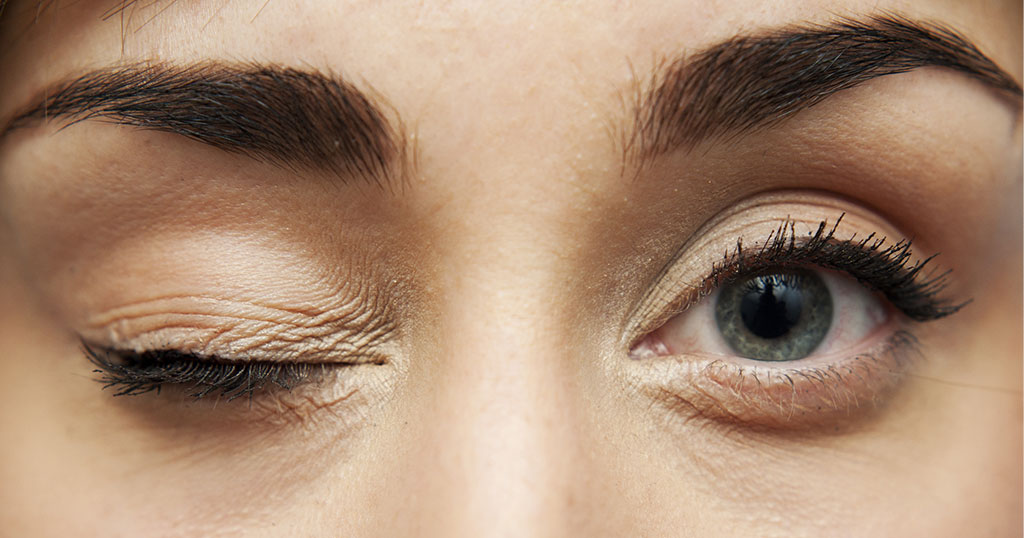
Eyelid Twitching
This week’s blog on Eyelid Twitching has been contributed by Dr. Qaseim Nasser, Consultant Ophthalmic Surgeon, Specialist in Oculoplastic Surgery, Cataract and Refractive Vision Correction Surgery
The muscles around the eyelid can be affected by a wide range of movement problems such as twitching. The most common disorders are ‘Benign Essential Blepharospasm’ and ‘Hemifacial Spasms’. So, let’s take a look at these in more detail.
Benign Essential Blepharospasm is an involuntary closing of the eyes. It can present itself in different forms, such as rapid and frequent blinking, the need to force the eyelids to close or an inability to initiate opening of the eyelids.
It can often be a combination of these different manifestations of the condition.
It can become a disabling condition and may go on to affect other facial muscles. In fact, 30% of patients with Benign Essential Blepharospasm also experience involuntary tongue, mouth and neck movements (Hemifacial Spasm).
Some of the known causes of eyelid twitches include:
- Fatigue or lack of sleep
- Stress
- Eye irritation or dry eyes
- Medications
- Alcohol or caffeine
- Physical exertion
- Allergies
- Eye strain (such as the eye strain associated with the prolonged use of digital devices)
- Poor diet and nutrition
Eyelid twitching will usually resolve itself within a couple of days or weeks but if it continues, then you should try to find the cause in order to help resolve the problem faster.
If you think about when the spasms are happening, what you are doing and how you feel at that time (time of day, food intake, stress levels, exhaustion) you may be able to make some lifestyle changes that will reduce or prevent eye twitching.
You could think about going to bed a little earlier, cutting out caffeine or finding ways to reduce or manage your stress. You can also try using lubricating eye drops to add moisture to your eyes.
Treatment for severe eye twitching may include Botox injections to paralyse the eye muscles, medications to relax the muscles, or surgery to remove the eye muscles causing the problem.